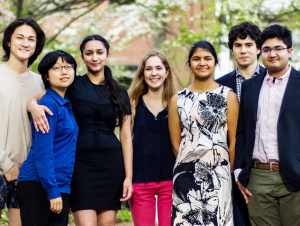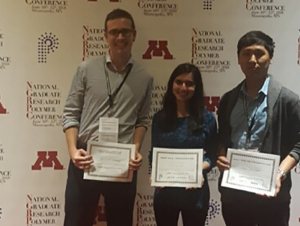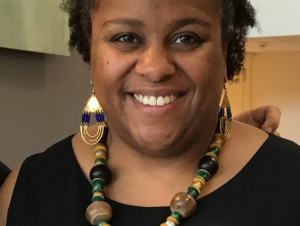To request a media interview, please reach out to experts using the faculty directories for each of our six schools, or contact Jess Hunt-Ralston, College of Sciences communications director. A list of faculty experts is also available to journalists upon request.
Latest News
Researchers suggest that Kepler-186f and 86f's axial tilts are very stable, much like the Earth, making it likely that both have regular seasons and a stable climate.
Team members are from the College of Sciences and College of Engineering:
- Ananya Jain, research leader, School of Materials Science and Engineering (MSE)
- Kenji Bomar, School of Physics
- Heyinn Rho, MSE
- Anmbus Iqbal, School of Mechanical Engineering
- Sara Thomas Mathew, School of Mathematics
- José Andrade, School of Aerospace Engineering
- Savannah Berry, School of Biological Sciences
The 2018 National Graduate Research Polymer Conference (NGRPC18) recognized three Georgia Tech Ph.D. students for outstanding presentations.
- Aditi Khirbat – top oral presentation
- Brian Schmatz – runner-up oral presentation
- Young Jun Yoon – top poster presentation
Kennda Lynch believes certain microorganisms in Pilot Valley must be using perchlorate as energy source. Because no one knows what these microbes are, Lynch will spend the next year finding out. Supporting her work is a recently announced Ford Foundation fellowship.
This summer, the School of Mathematics continues its rich history of undergraduate research, which testifies to faculty’s intellectual creativity and dedication to undergraduate education.
OceanVisions organizers see the dawning of a new phase of optimism for the health of our oceans. They know that solutions are available to help oceans adapt to or mitigate human and environmental assaults.








